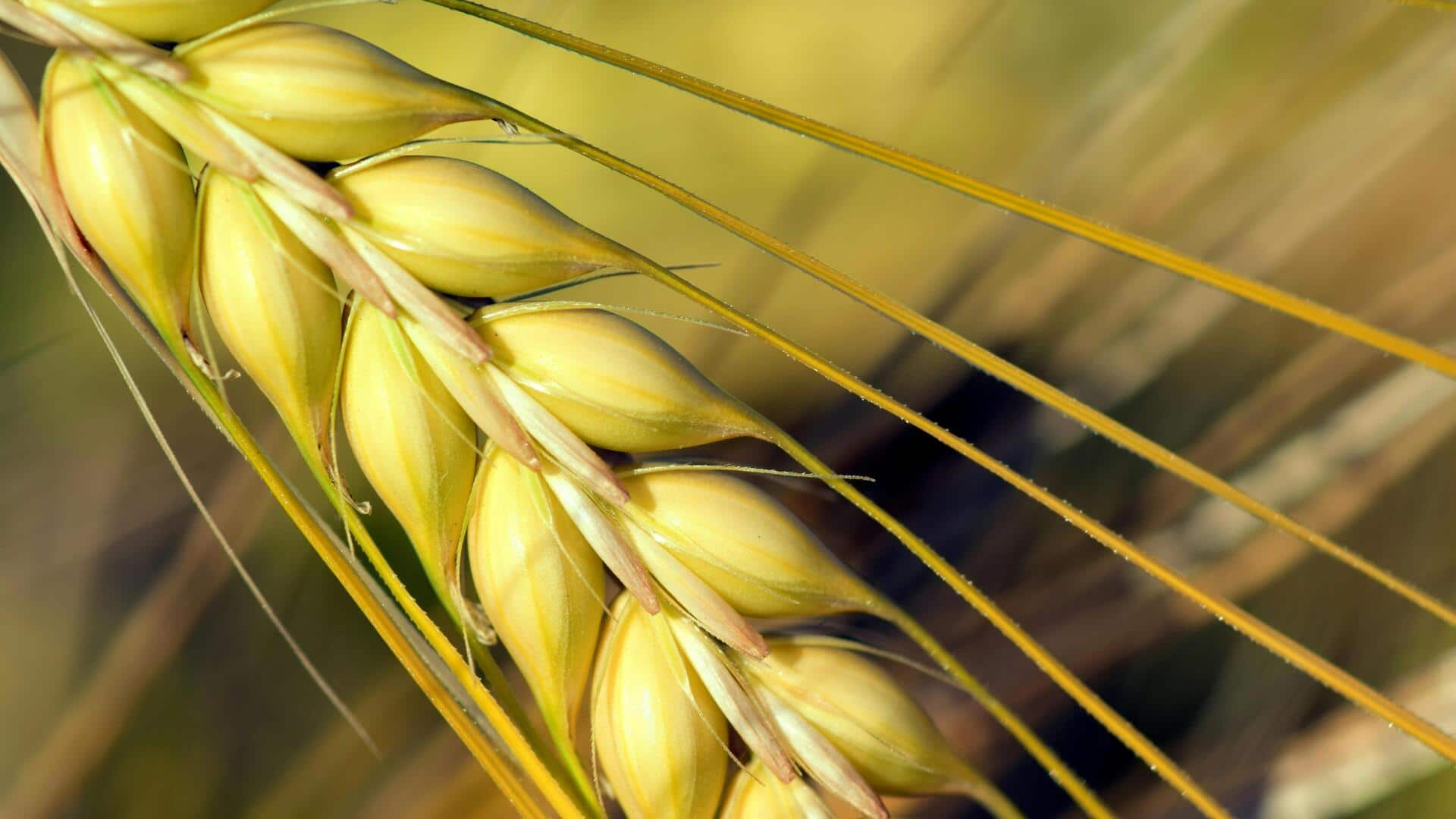
Why barley deserves a spot in your kitchen again
What's the story
Barley, a versatile and nutritious grain, is making a comeback in modern kitchens. Once a staple in many diets, barley is now being rediscovered for its health benefits and culinary flexibility. With its high fiber content and rich nutrient profile, barley makes an excellent addition to contemporary diets. Here's how you can incorporate this ancient grain into your meals.
Health boost
Nutritional benefits of barley
Barley is rich in dietary fiber, which aids in digestion and keeps cholesterol in check. It also has vitamins like B6 and minerals like magnesium and selenium. These nutrients help in maintaining your overall health by boosting your immunity and energy levels. Adding barley to your diet can help you meet daily nutritional requirements without adding too many calories.
Culinary uses
Versatile cooking applications
Barley can be used in a variety of dishes, from soups to salads to side dishes. Its chewy texture makes it a great addition to hearty soups or stews, while its mild flavor goes well with fresh vegetables in salads. Barley can also be used as a base for pilafs or risottos, giving a nutritious twist to traditional recipes.
Budget-friendly choice
Cost-effective grain option
Compared to other grains like quinoa or farro, barley is generally more affordable. This makes it an economical choice for those looking to eat healthy without breaking the bank. Its long shelf life also means you can store it for extended periods without worrying about spoilage, making it a practical addition to any pantry.
Eco-friendly grain
Sustainable farming practices
Barley is also a sustainable crop, requiring less water than many other grains. This makes it an environmentally-friendly choice for eco-conscious consumers looking to reduce their carbon footprint through dietary choices. By choosing barley over more resource-intensive grains, you can contribute to sustainable agriculture practices while enjoying its nutritional benefits.